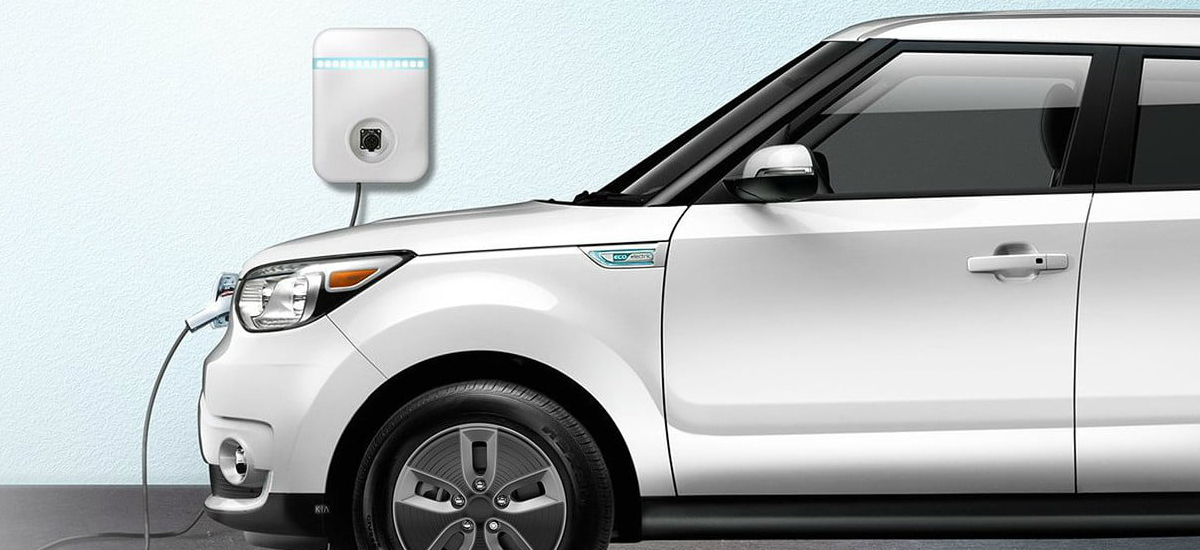
 Your Credit Estimate
Your Credit Estimate
 Your Credit
Your Credit
Your zip code helps us provide you with the most accurate vehicle pricing and vehicle availability.
We estimate your credit score to give you an idea of your monthly payments. To get an accurate payment amount, complete our credit application by clicking the Start Credit Application button below.
start credit application
It’s officially 2024. In just a year from now (2025), several major automakers claimed they would have a number of battery-electric vehicles (BEVs) entering their lineup. Stellantis promised 75 new BEVs alone to hit the market between now and the end of the decade as a part of their “Dare Forward 2030” business strategy. There’s just one problem – suppliers think there’s a soft demand for BEVs from consumers and automakers are overshooting their target goals for a market just not ready to make the change. Is it true?
Hmm, one the one hand it does make sense. Americans are known to be slow to change – everyone has a favorite and will pick a certain car until they die. Overseas, they’re a lot more progressive when it comes to going electric. Maybe automakers have overestimated the demand for BEVs in North America, primarily the U.S., and will find themselves feeling like a fish out of water.
But wait! That doesn’t seem to be the case. Covid-19 caused a lot of problems for the industry in 2020, 2021, and 2022. 2023 was finally the year when consumers started buying again, and as luck would have it, a more sustainable and eco-friendly vehicle was on their minds. The Kia Corp reported an increase of 41 percent for electrified models – this would include the Kia EV6 and Kia EV9, the latest to land in America. Mitsubishi Motors quoted a 240.7 percent increase for its Mitsubishi Outlander plug-in hybrid SUV. Fiat Chrysler (part of Stellantis) also saw a 124 percent year-over-year increase for its plug-in hybrid electric vehicles (PHEVs).
Those numbers don’t sound like a soft demand. It sounds like consumers in America are starting to see the potential of electric vehicles. The major issue suppliers are seeing is the promise of BEVs and electrified models, and then pushing them back to a date too far into the future. Every major automaker may have announced their plans to electrify their lineup in 2022, but many of them quoted 2025, 2027, 2030, and even later to make good on those promises. That’s a long time, and not everyone is going to wait around until they can get a new car that will last them 5-7 years (or more) right now.
“You have a fairly fragile base that you asked to invest in EVs alongside you as an OEM, and then you tell them several quarters later, ‘Oh, by the way, thanks for coming with us, but the ride’s not gonna start for another year,’” - Steve Wybo, senior restructuring and management consultant at Riveron in Birmingham, Mich.
According to industry experts, many automakers have viewed BEV and hydrogen contracts as the new future, but in fact, they represent a big risk. This leads to automakers and suppliers scrambling to make sure new BEVs get plenty of exposure to make consumers aware of the new technologies coming to the market. There’s a lot of uncertainty, nothing is set in stone, but if we can predict the popularity of BEVs off the aforementioned sales reports, maybe it’s just a case of cold feet before committing to the new electric vehicle industry.
I guess we’ll know soon enough. 2025 is just 12 months away (posted 1/5/2024). Want to find out why consumer interest in PHEVs and BEVs is rising? Buy a new electric car online with NowCar today.